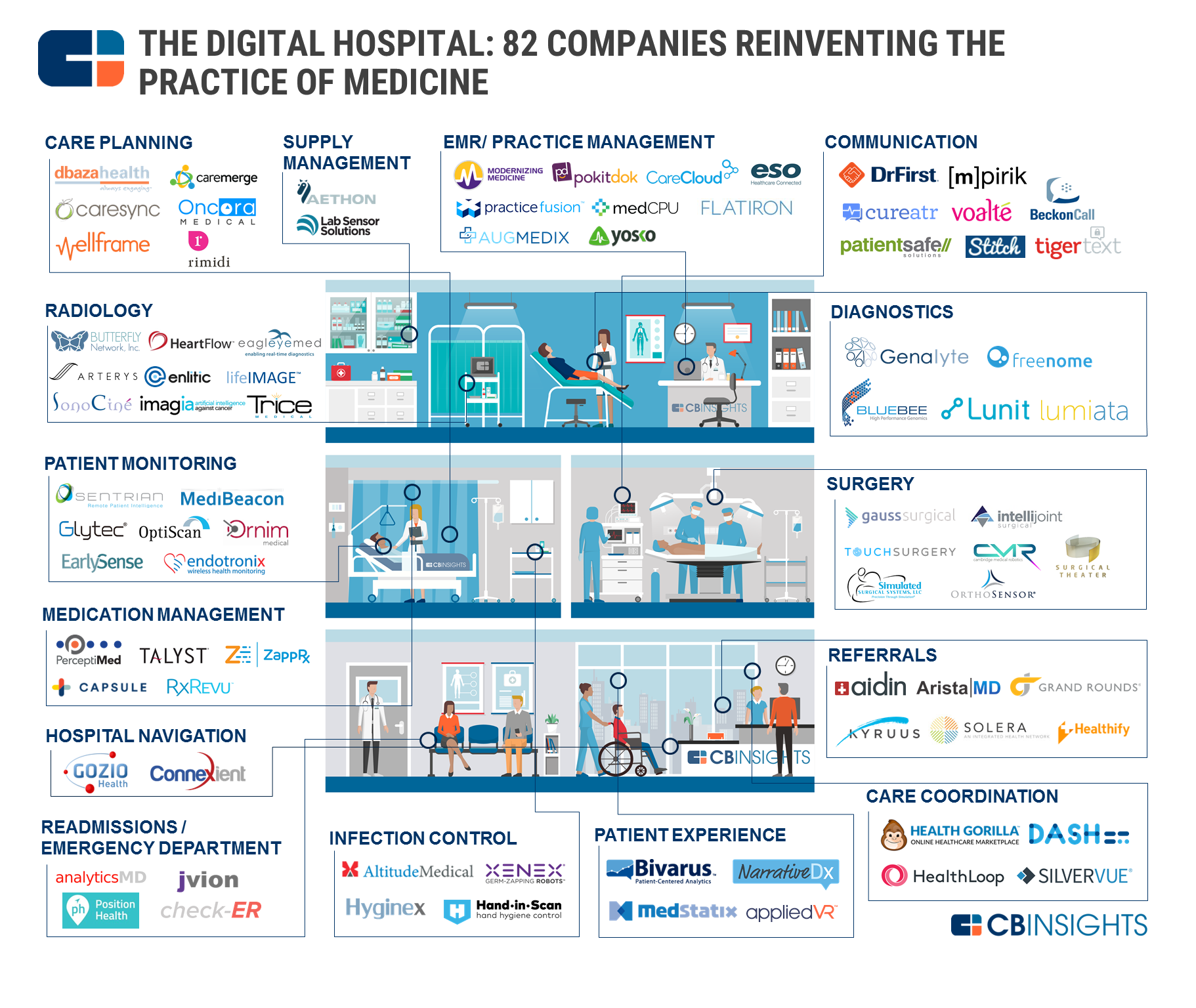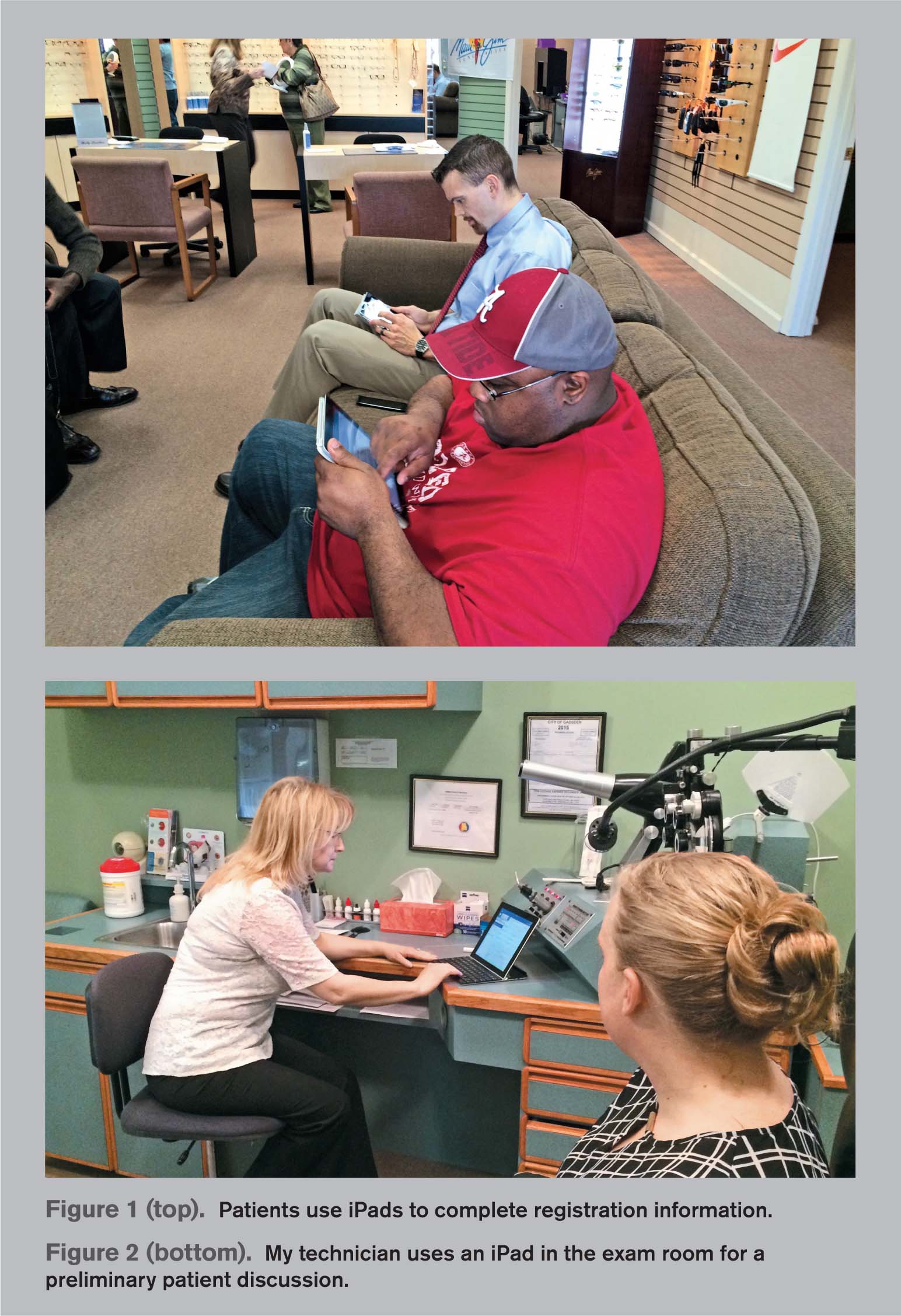With more and more advancements in cloud database software, AI, and other fields of emerging tech, healthcare is seeing huge advantages to going digital. As new innovations in healthcare gain speed, everything from medical chatbots to widespread iPad usage presents an exciting opportunity to better patient care.
New technology is helping healthcare become more individualized and more personal. As the shift to full digitization continues, the healthcare sector has the opportunity to better connect doctors and patients and ensure safekeeping of medical records, and identity management is the chain that connects everything together.
Giving Patients the Tools to Feel Secure
In 2014, almost 9 million medical records were compromised in over 150 separate reported incidents. By March 2015, that number shot up tenfold. In 2017, medical identity theft remains a serious issue, but it's an issue that persists across many systems.
It's no surprise that patients are worried about the security of their records. They want their records to be accessible, but not at the cost of security. Healthcare providers are eager to give patients the advantages of electronic medical records, but they need to make sure that patients trust their security.
According to a recent study, patients strongly associate trust and confidence in their healthcare provider with the security of their records.
Patients are looking for reassurance that you have the best security available. A healthcare provider that is able to ease patients' worries about identity earns their trust and confidence. You should be upfront about the protections your identity management offers them when they complete their account, and remind them of the best safety practices regularly.
One particularly good tool for protecting and reassuring patients is Auth0's Fraud Score rule. By calculating a fraud score for every patient based on their email and IP address, providers can monitor patients with high fraud scores and take extra precautions for those deemed a high risk. For healthcare providers, a fraud score shows you who is vulnerable. To the patient, it can provide true peace of mind.
Emerging Tech Is Already Here
It's not just medical records that are migrating from paper to digital. Patients are becoming more comfortable using technology and the internet for a variety of reasons to do with insurance and medical care. So are doctors and hospitals.
Chatbots for at-home diagnosis, VR and AR in the operating room and in the medical school setting—these are already here.
Medical chatbots and AI software are quickly becoming a valid option for non-emergent care. Assistants like “ Viv” (created by Siri’s founders) or “Lark” or “Tess" are examples of highly personalized and complex services now available to patients. They're interactive and engaging, offering people nutrition and diet tips, reminding them when to take medications, and even providing psychological support and follow up.
Integrating all this new technology and software into the existing healthcare infrastructure will require a robust identity management system to stitch together patient information and care from a variety of sources.
Following that integration process through from start to finish, moving data security onto the cloud, promises to result in the full “digital hospital.” Both providers, insurers, and patients should be able to log in from anywhere and access their information through a powerful federated identity management system:
Building a fully digital hospital means securely storing your patients' data and accommodating new technologies like the AI-enhanced virtual medical assistants. You can't do this without a strong identity management system. It also means letting patients access their own data when they need it, putting them more in control of their health.
iPads and EMRs Are Helping Doctors Communicate
It's no secret that iPad adoption by doctors is soaring. Reportedly 62% of doctors in the United States use one for professional purposes. Healthcare administrators like them because they tend to save invaluable waiting room space. Clunky filing cabinets filled with paper records are being replaced with iPad-based electronic medical records (EMR) systems through which patients can fill out intake forms at home or at the doctor's office.
Doctors love iPads because they can take them into the exam room and then take them home. They can access a patients' medical data quickly and painlessly when they receive the inevitable late-night emergency calls. In the exam room, an iPad allows doctors to make eye contact with their patients and have more fruitful conversations about the patient's symptoms and health needs.
The flexibility and ease of iPad use is made possible by identity management.
Insurance information, tax forms, medical history, input and output data from each patient's personal AI-enhanced virtual assistant can all be collected and stored for a single patient and then encrypted through an identity management system. Encryption takes sensitive data, like a user’s social security number, encrypts it, and stores it as metadata associated with the user account.
When you have all your patients' records on an EMR system, they become quickly accessible and secure on the iPad. As iPads, chatbots, AI, and medical VR/AR start to become commonplace, medical providers will find secure and centralized access to all of a patient's records a key to success.
Digitization Is Helping Patients and Doctors Alike
The technological future of healthcare is exciting. Advancements across the industry promise better doctor-patient communication, smoother visits to hospitals and doctors' offices, and increased efficiency for administrators.
Moving records from a file cabinet to a cloud-based storage system also provides the healthcare industry with new opportunities to improve relationships with patients. Beyond just arming doctors with iPads, the shift to digital allows providers to build trust with their patients by letting them know about data encryption and fraud score practices. The digitization process is already underway, and identity management can help providers with this valuable shift.
About the author

Martin Gontovnikas
Former SVP of Marketing and Growth at Auth0 (Auth0 Alumni)
Gonto’s analytical thinking is a huge driver of his data-driven approach to marketing strategy and experimental design. He is based in the Bay area, and in his spare time, can be found eating gourmet food at the best new restaurants, visiting every local brewery he can find, or traveling the globe in search of new experiences.View profile



